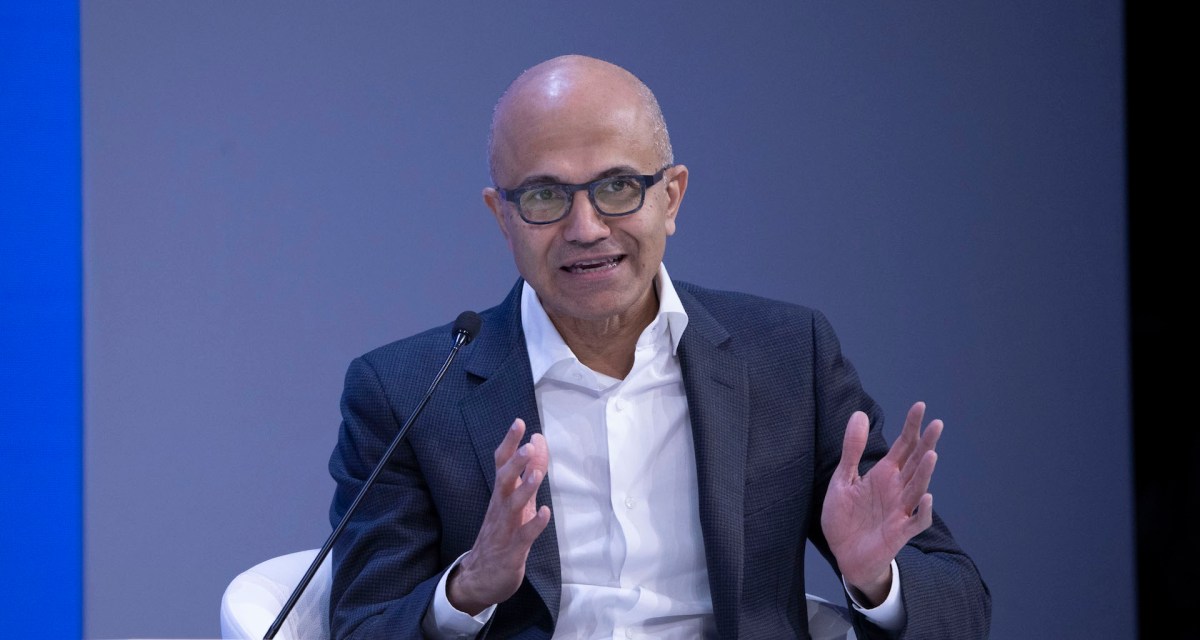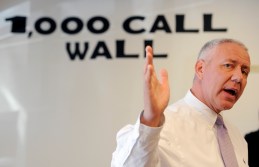Microsoft CEO stresses importance of work with the military

The message is clear from Microsoft: The tech giant wants to continue its good relationship with the Pentagon.
CEO Satya Nadella this week stressed the importance of Microsoft’s work with the Department of Defense, particularly in its ability to support the military with cloud and distributed edge computing capabilities and emerging technologies.
While Nadella didn’t mention the Joint Enterprise Defense Infrastructure (JEDI) cloud contract specifically, his comments on cloud and edge computing — features the DOD hopes to obtain through JEDI — come as Microsoft fights to hold onto the potentially $10 billion enterprise cloud computing contract amid an extensive bid protest waged by competitor Amazon Web Services.
“The reality is the more there is technology that is moving freely across these boundaries, the better off both sides will be,” Nadella said about public-private partnerships during the Defense Advanced Research Projects Agency (DARPA) ERI summit.
The DOD’s unparalleled scale and unique mission set offer companies like Microsoft novel ways to approach tech development, Nadella said. And with 4 million people working inside the department, networking and scaling technology become challenges in themselves.
Nadella heralded distributed computing at-the-edge as being at the forefront of bringing important advantages to warfighters who typically operate in very austere, degraded environments.
“Low-latency compute being brought to the edge is going to be revolutionary,” he said.
Microsoft’s stock with the DOD has also been on the rise in support of military collaboration and remote working tools since the arrival of the coronavirus pandemic. The department built its Commercial Virtual Remote (CVR) environment around Microsoft’s cloud-based Teams platform to support the distributed work of many DOD personnel during the pandemic.
On the other side of the public-private sector relationship, Michael Kratsios — U.S. CTO and newly appointed acting undersecretary of defense for research and engineering — said during a discussion with Nadella that the DOD needs more input from industry across its lines of effort.
Kratsios recently took on the top technology research and development job in the Pentagon following the resignation of Michael Griffin and his deputy, Lisa Porter. In his other role as U.S. CTO within the White House, Kratsios has led efforts to stimulate AI public-private partnerships at the national scale.
Increasing the links between private industry and the DOD, on everything from basic research and development to fielding emerging technology, is a top priority, Kratsios said.






